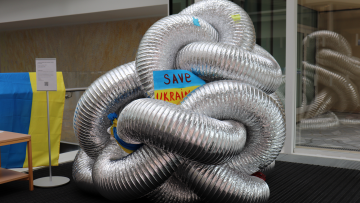There is a lot of construction, renovation and general moving of stuff going on around the University and City just now.
Now, no doubt it is all being done with 100% efficiency, but just in case here is the definitive 'work not getting done' tribute. Incidentally the song was recorded in the same studio where, a few months later, the Beatles changed the face of popular music.


